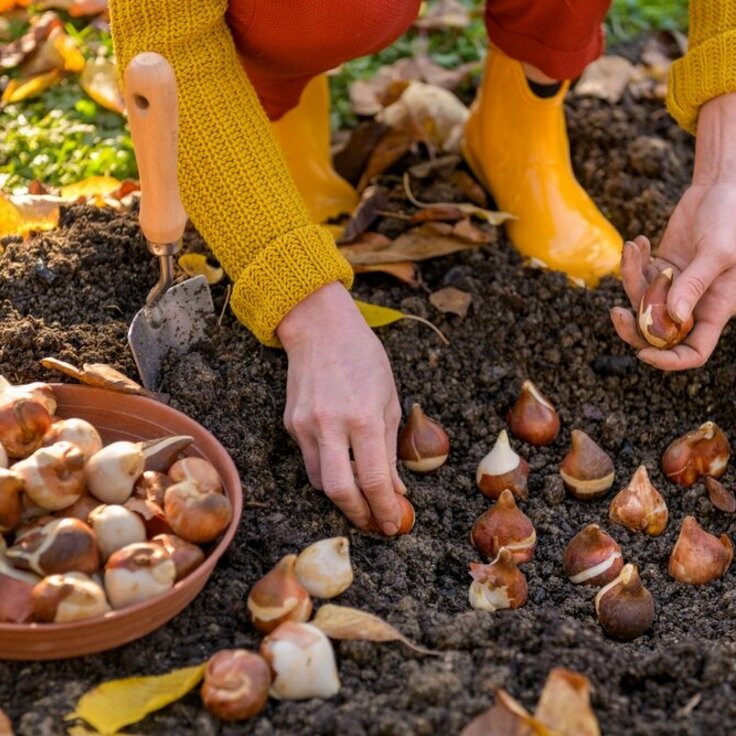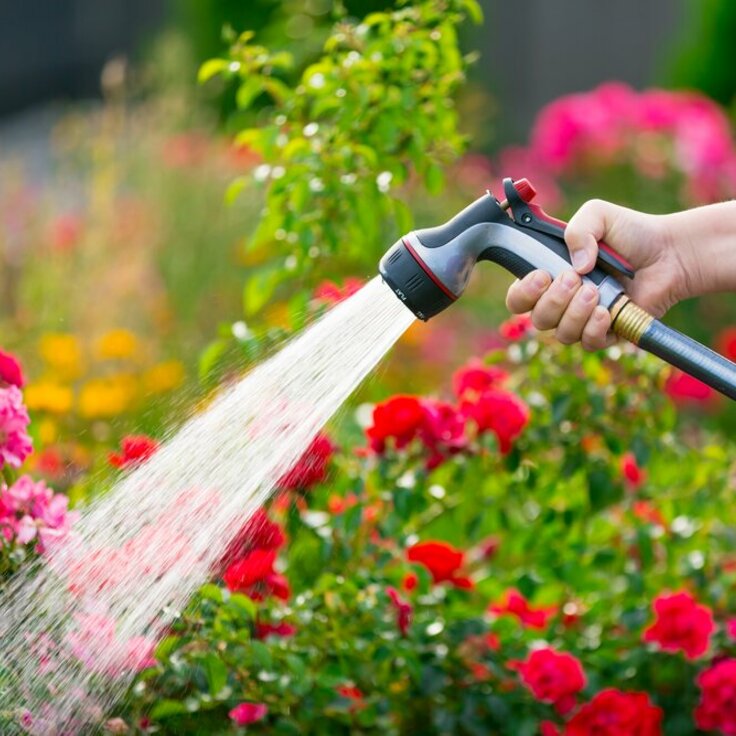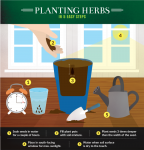What's Wrong With My Lawn?
Your lawn is looking tired and sick, and it has these ugly brown spots. What's wrong? Is it dead or diseased or what? Sometimes people only pay close attention to their lawn when it looks beyond hope. Take time to really look at your lawn often and you can nip some problems in the bud.
First off, I recommend you keep a small journal so you can document when you fertilize, what you used, and how it performed. A journal is also good for jotting down your lawn's past problems and solutions. You think you will remember all the details but all it takes is a winter to come and go to make you forget.
All-over yellowish grass can mean that your lawn is lacking proper nutrients. When was the last time you fertilized? Find out the right blend of fertilizer for your grass type and how often you should apply it.
Brown grass (not brown patches) can be a water issue. Is your lawn too compact and the water is simply running off? Then get it aerated. Are you watering enough? Try to up the watering a bit and make sure you're watering in the morning before it's too hot.
Brown areas might mean your sprinklers are not hitting all the areas. If you have automatic in-ground sprinklers, turn them on and watch to make sure the sprinklers are overlapping a bit. Another common problem is the sprinkler is not working or the head is turned and it's watering the fence.
Brown spots can be from rabbits burrowing, dog urination, something spilled like gasoline, stopping to turn the spreader without shutting the feeder, insects, or a fungal disease. You may have to do a bit of sleuthing to determine which it is. For instance, if the brown spots are in the backyard and you don't have a rabbit problem or a dog and you haven't spilled anything, then look take a close look for insects like grubs.
If the brown grass patches lift up easily, it may be a grub problem. Try treating this organically with milky spores, a substance that contains organisms that attack the larvae.
Fungus come in many different styles. Grey or white spots, pink grass blades, rust colored grass, and greasy-looking spots are all signs of fungus. Talk to a knowledgeable lawn care professional to find the appropriate fungicide and apply as directed.
Yellow stripes are usually the result of improperly applied fertilizer. If you overlap your rows with your spreader, too much fertilizer will be dropped and the grass will burn. Also, if your rows are too far apart, you will have stripes of grass that are unfertilized and may look shorter and lighter in color than the fertilized grass.
Take a close look at your lawn often and you may spot small problems that you can take care of before they become big issues. It takes a bit of time and some detective work, but you can figure out what the problem is. Action taken on your part today will result in a healthier lawn tomorrow.







